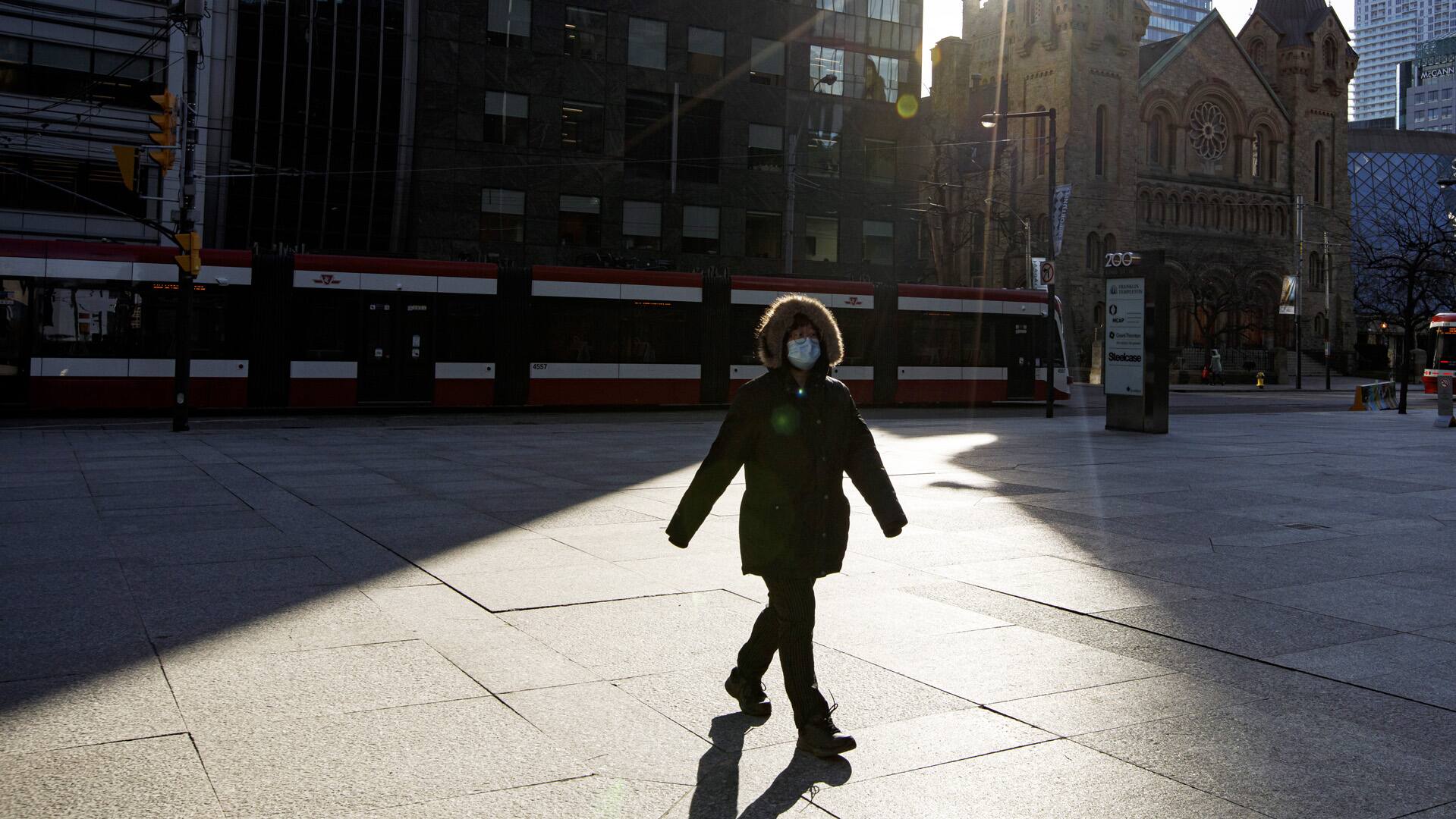Two million Ontario school kids not in class, a near-record number of COVID-19 patients in hospital, and provincewide closures or restrictions on restaurants, bars, gyms and cinemas. It’s definitely not how Premier Doug Ford and his Progressive Conservatives wanted this election year to start off.

Two million Ontario school kids not in class, a near-record number of COVID-19 patients in hospital, and provincewide closures or restrictions on restaurants, bars, gyms and cinemas.
It’s definitely not how Premier Doug Ford and his Progressive Conservatives wanted to start off this election year.
But Omicron doesn’t care about the Ontario political calendar or how beleaguered voters might be feeling after nearly two years of pandemic life: it’s just a virus, a particularly infectious variant spreading through the population “like wildfire,” Ford said Monday.
“We’re going to get hit like a tsunami,” Ford added. “Brace for impact.”
He was talking about the impact on workforces across Ontario and on hospitals, but his message could just as easily have been directed at his political team.
While it’s fairly clear what the impact will be in the health system, the impact on Ontario politics is far trickier to forecast.
WATCH | CBC’s Mike Crawley answers questions about what’s next:

When will Ontario’s COVID-19 public health restrictions end?
Ontario’s chief medical officer of health says it’s going to be a tough January because of the Omicron variant. When can we expect things to get back to normal? CBC Queen’s Park reporter Mike Crawley answers some of the most frequently-asked questions about the road ahead. 4:11
Despite plenty of criticism on Twitter of the Ford government’s handling of the pandemic so far, Twitter isn’t representative of the average voter.
Every published poll since last spring has showed the PCs leading. Ford’s approval ratings and favourability numbers in published polls remain in the 40 per cent range, and that’s enough for an election win in Ontario politics.
Will this Omicron-driven rise in cases and hospitalizations — or the government’s move to shut schools and ban indoor dining at restaurants in response — spell a drop for Ford in the polls?
Polling firms that have been tracking Ontarians’ views throughout the pandemic have generally found more voters saying the government was getting it right on COVID-19 restrictions than voters criticizing the measures as either too loose or too tight.
The chief exceptions: when Ontario neared the second and third waves without imposing significant new restrictions. That’s when the pollsters found growth in voters feeling the government wasn’t doing enough.
While there may be some people angry at the government over what they perceive as yet another lockdown, that polling evidence suggests the far bigger political risk for Ford and the PCs would have been to do nothing.
Ontario’s COVID-19 Science Advisory Table urged the government to impose what it called “circuit breaker” public health restrictions back on Dec. 16. In essence, a circuit breaker is what Ontario got three weeks later: the measures that took effect on Wednesday.
We’ll never know what difference it would have made had things kicked in three weeks sooner. We’ll also never know how well Ontarians would have adhered to such measures if they’d been in place over the holiday period.
As recently as last Thursday, the government seemed headed in the direction of a pretty much normal new year. That’s when Chief Medical Officer of Health Dr. Kieran Moore announced that school would resume with in-person classes the following Wednesday, only two days later than scheduled. Just 72 hours after that announcement, Ford and his ministers were in an emergency cabinet meeting.
So, what happened?
“Ford was inundated with calls from hospital CEOs, labour leaders, corporate presidents and public health officials, warning that Omicron was contributing to mass staffing shortages, which threatened to disrupt the province’s labour force,” writes Robert Benzie, The Toronto Star’s Queen’s Park bureau chief, in this story on the reasons behind the government’s moves.
It’s the first time since the initial declaration of a state of emergency back in March 2020 that the government has brought in significant new restrictions without presenting full-fledged modelling as a justification.
The modelling presented in mid-December forecast upwards of 10,000 new cases per day by Christmas and that’s exactly what transpired.
A small percentage of those who got infected over the holidays now need care in hospital, but even a tiny percentage of hundreds of thousands of infections still amounts to a lot of patients. The sheer speed of Omicron’s spread also means the nurses and doctors who provide care are getting infected or exposed to COVID-19, stretching Ontario’s burnt-out health-care workforce even more thinly.
Moore’s forecast that all employment sectors will face 20 to 30 per cent of staff either calling in sick or having to self-isolate due to Omicron factored into the most controversial measure imposed this week, the closure of schools.
During the pandemic, Ontario has shut down its classrooms and put students into online learning for longer than any other province and more than just about every nation in western Europe.
There’s not a great deal of confidence out there among teachers, administrators or parents that regular in-person classes will resume fully on Jan. 17.
Last June, the Science Advisory Table warned that Ontario’s “relatively heavy reliance on system-wide school closures” risked a range of impacts on kids, including learning loss and deterioration in mental health, in addition to the stress on parents.
Keeping the schools open amid this Omicron wave would have risked widespread transmission of COVID-19, said a senior political adviser to Ford, who spoke to me on condition of anonymity.
“If we’d opened, we’d have ended up in the same place, and had a tonne of spread in schools,” said the adviser.
“They were going to close either way. You can’t run a school with 25 per cent of the teachers missing. Nobody likes it, but nobody thinks we have a lot of other options.”
